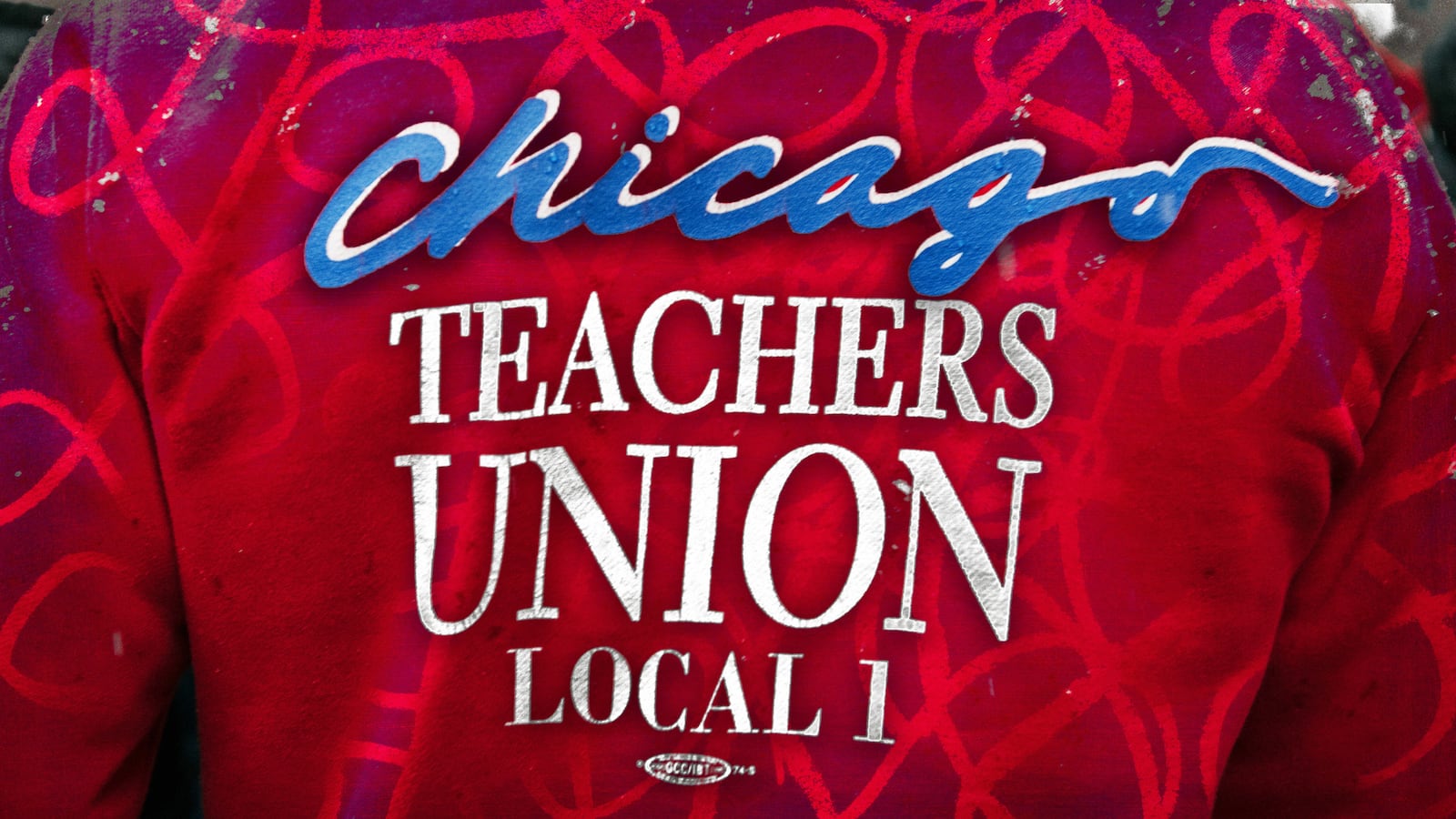America’s latest mental health crisis is kids and parents with PTSD over public school closures—the ones they’ve already been through, and the thought that more shutdowns are on the horizon.
While other cities brace for the worse, Chicago is getting there. The nation’s third-largest school district is in the grip of a hostage crisis orchestrated by the Chicago Teachers Union.
The crisis isn’t limited to the district’s 340,000 students and their families. It impacts the entire city because, after all, most parents have to go to work and good luck with that if children are home and not in school. And if your coworker can’t come to the office, or even particularly participate fully from home for those who still work remotely, it’s likely that you will have to pick up the slack. That will impact your own productivity.
There is a direct link between our schools staying open, and our economy continuing to function as it should. It can feel sometimes as if COVID-19 was visited upon the United States to remind Americans of this simple fact.
As for the crisis itself, it’s not like teachers have taken over a building. In fact, they don’t want to go anywhere near public school buildings at the moment—at least not if there are any students in them.
Let’s be clear. This is not a protest. This is not a strike, at least not in the traditional sense.
In fact, like police officers, teachers are public officials who don’t have the right to strike. But, like police officers, teachers—and their unions—have learned over the years how to be crafty. When they want to get their way, and they’re looking for leverage over the city or the police departments, cops have been known to call in sick en masse as they mysteriously come down with cases of so-called “blue flu.”
That gimmick is not illegal, but nor is it ethical or particularly far-sighted. Craftiness has its price. If police officers pull that stunt too often, the public gets wise—and then gets mad. To operate, public employee unions need the support and goodwill of the public. Without it, unions soon appear to be every bit as tyrannical as they portray management to be.
On Tuesday Jan. 4, just one day after classes resumed after the holiday break, a majority of union members voted to abandon in-person learning and instead only teach virtually.
The union claimed that conditions in the schools are unsafe for in-person learning, citing inadequate staffing and COVID-19 testing as the milder but more infectious Omicron variant surges across the country and hospitalization of children reaches record highs.
The school district responded by canceling school for Wednesday Jan. 5, holding firm to its insistence that students must return to classrooms.
That same day, Chicago Teachers Union President Jesse Sharkey said that, unless the union and the district hammer out yet another emergency agreement, teachers will not return to classrooms until Jan. 18.
Sharkey claimed that the city of Chicago, and the school district, have “failed to deliver a whole number of basic demands that we need in the schools, has failed to provide adequate staffing, adequate cleaning in the schools, has failed to provide adequate testing, has failed to address our concerns as people going to the schools.”
And so, he said, “teachers and the school staff have decided the only thing we get to control is whether we go into the buildings.”
Meanwhile, the union’s critics—the ranks of which appear to be growing in Chicago—accuse it of “fearmongering.”
Note Sharkey’s language. He didn’t credit the union for the work stoppage. He pinned the decision on “teachers and the school staff”—more than 70 percent of whom voted in favor of remote learning. It’s tempting for onlookers to try to separate Chicago teachers from their union, but union officials aren’t going to let that happen.
Now, let me tell you what is going to happen: If past experience is any guide, the only back-to-classroom agreement that union officials will eventually sign off on will include not just additional safety protocol to guard against Omicron, but also perhaps additional concessions like “combat pay” or a lessening of academic requirements.
Teachers unions aren’t complicated creatures. They care about themselves and their members, and nothing else. They take care of their members by constantly demanding not just higher salaries but also fewer responsibilities and less accountability for student performance. They serve as a constant reminder of the central operating principle of the public schools—that they exist not to serve the interests of the children who learn there, but rather the adults who collect a paycheck there.
Mayor Lori Lightfoot, a Democrat who normally enjoys the support of organized labor, seems to be fed up. She insists that remote learning is—for economically disadvantaged students, who are disproportionately African American and Latino—the same as not learning at all.
An additional round of virtual learning would, she said, “harm hundreds of thousands of Chicago families who rely upon CPS for the daily needs for their education, for their nutrition, for their safety.”
And so, last week, Lightfoot toughened her stance and demanded that teachers return to the classroom immediately.
“If you care about our students, if you care about their families, as we do, we will not relent, enough is enough! We are standing firm and we are going to fight to get our kids back in in-person learning! Period. Period! Full stop!” Lightfoot said.
But just saying “full stop” isn’t enough to end the story. There need to be—at either the local or state level—real and severe consequences for the Chicago Teachers Union and the teachers themselves. City officials have already said they consider the union’s decision to be an illegal work stoppage, and so teachers will not be paid for refusing to show up to teach in person. But more needs to happen.
The penalty should resemble what happened to law enforcement officers who refused to get vaccinated despite local mandates. Some cops took early retirement, but others lost their jobs. Because public servants don’t get to put themselves, and their interests, above the public good.
Other cities are standing up, amid fears that this crisis will spread as rapidly as Omicron.
Eric Adams, the freshly minted mayor of New York City and another pro-union Democrat, last week rejected a request from the United Federation of Teachers—the city’s largest teachers union—to temporarily move to remote learning.
"We’re staying open," Adams declared.
Don’t miss one of the most important storylines in this standoff. Both Lightfoot and Adams are African American, and both are battling what are still predominantly white teachers unions as they go about defending the right of Black and brown kids to receive a decent education. Why aren’t more white Democrats joining them in the fight?
If the teachers union in any city decides to shut things down, some people should lose their jobs. And that union should be decertified or broken up, even if that requires action by the state.
Parents matter, too. And they need advocates.
For more than 100 years, America’s public school teachers have sought to partner with parents to work together to ensure the best educational outcome for students.
That’s what the PTA was supposed to be about. The National Parents Teachers Association was founded on Feb. 17, 1897 in Washington, D.C., and it was initially called the National Congress of Mothers.
The idea of parents and teachers as partners used to be a thing.
Now, in Chicago—and perhaps soon in other major cities, where unions are watching to see how this fight plays out—the partnership has dissolved. The PTSD will only get worse. Don’t look now, parents, but your partner has deserted you. You’re on your own.






